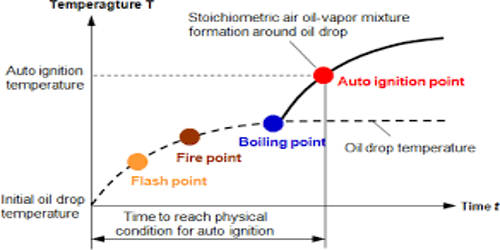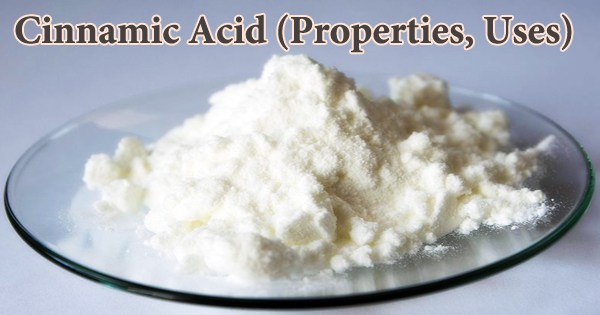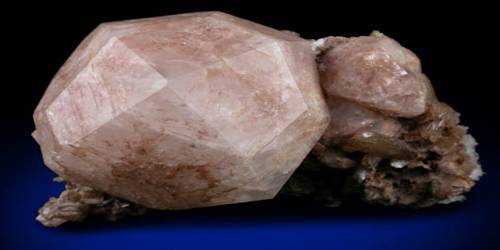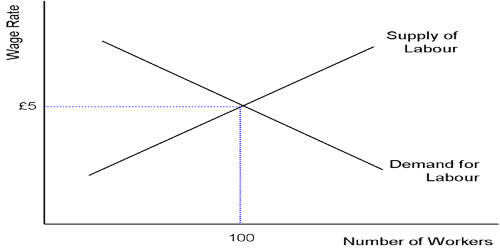Mole is the unit of the amount in chemistry. It is the SI unit of measurement used to measure the number of things, usually atoms or molecules. One mole of something is equal to 6.02214078×1023 of the same things (Avogadro’s number). For example, one mole of grapes is 6.02214078×1023 grapes.
The measurement of Avogadro’s number was refined in 2019 to 6.02214078×1023.
It provides a bridge between the atom and the macroscopic amounts of material that we work within the laboratory. Scientists use this number because it is the number of carbon atoms in 12 grams of carbon-12, which is the most common kind of carbon. For example, one mole of grapefruits would be as big as the earth. It allows the chemist to weigh out amounts of two substances, say iron and sulfur, such that equal numbers of atoms of iron and sulfur are obtained. The mole is useful whether or not we know how many atoms of carbon-12 there are in 12.000 g of carbon-12.
Atoms and molecule mass are measured in amu. One amu is equal to one gram per mole. This means that if an atom has a mass of one amu, one mole of this atom weighs one gram. The concept of the mole helps to put quantitative information about what happens in a chemical equation on a macroscopic level. Molarity (M) is defined as the number of moles of a solute in a liter of solution.
Mathematics with the mole
Moles = mass (g)/Relative mass (grams per mole)
Example: How many moles are there in 20 grams of hydrogen?
A value of 1 can be used for hydrogen’s relative mass, although the correct value is slightly larger. So: moles = mass/relative mass = 20/1 = 20 moles.
Moles = concentration (mol/dm3) x volume (dm3)
Example: How many moles are there in 100cm3 of 0.1M H2SO4?
1 dm3 is the same as 1000 cm3, so the value in cubic centimeters needs to be divided by 1000. 100/1000 x 0.1 = 0.01 moles.
A methane molecule is made from one carbon atom and four hydrogen atoms. Carbon has a mass of 12.011 u and hydrogen has a mass of 1.008 u. This means that the mass of one methane molecule is 12.011 u + (4 × 1.008u), or 16.043 u. This means that one mole of methane has a mass of 16.043 grams.
A mole can be thought of as two bags of different sized balls. One bag contains 3 tennis balls and the other 3 footballs. There is the same number of balls in both bags but the mass of the footballs is much larger. It is a different way to measure things. Moles measure the number of particles, not the mass. So both bags contain three moles.
















